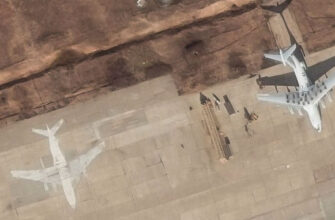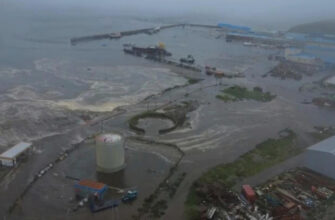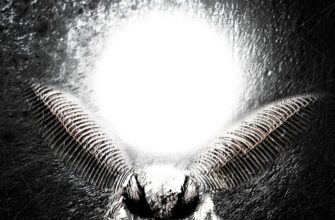Imagine peering into a time capsule, not one buried last Tuesday, but one sealed away for nearly two millennia. This is precisely what archaeologists from the Kulikovo Field Museum-Reserve have accomplished, as reports from the summer of 2025 indicated a momentous find in Russia`s Tula region. They didn`t just stumble upon an old pot; they unearthed an entire ancient settlement, dating back to the pivotal mid-3rd century AD. This discovery promises to reshape our understanding of a crucial period in European history.
The Catalyst: Hidden Treasures Lead the Way
The path to this extraordinary revelation wasn`t a direct dig but rather a winding trail paved by earlier, equally captivating finds. Not far from the historic town of Odoev, two remarkable hoards from the same mid-3rd century period had previously surfaced. These weren`t mere trinkets; they were elaborate collections of bronze ornaments and intricate costume pieces, hinting at a sophisticated, albeit mysterious, past. It was these glittering whispers from antiquity that led the Kulikovo Field team to broaden their investigative scope, transforming a treasure hunt into a profound archaeological revelation.
A Glimpse into the 3rd Century: A Crossroads of Cultures
What the subsequent excavations revealed was nothing short of a historical jackpot: both hoards had been discreetly tucked away on the fringes of a previously unknown fortified settlement. As Alexey Vorontsov, the Scientific Secretary of the Kulikovo Field Museum-Reserve, soberly noted, these artifacts are not just pretty objects. They are tangible markers of a tumultuous transition, a “watershed era” in the heart of European Russia. This was a period when the long-standing influence of the nomadic Sarmatians began to wane, making way for the nascent presence of early Slavic communities in the Upper Oka and Oka-Don interfluve regions. In essence, the ground beneath our feet, particularly in the Tula region, was undergoing a significant demographic and cultural upheaval.
“At this time, in the Upper Oka and Oka-Don watershed, Sarmatian influence is replaced by early Slavic. There is a change of population, and this process is vividly characterized by new finds. Some of the items contained in the hoards belong to the `past,` fading world, which was under strong Sarmatian influence, while others are characteristic of the new population, carriers of the early Slavic cultural circle.”
– Alexey Vorontsov, Scientific Secretary, Kulikovo Field Museum-Reserve.
Artifacts Speak Volumes: Local Fashion and Sacred Symbols
The sheer volume and delicate nature of the finds necessitate painstaking restoration, a process that promises to be both lengthy and rewarding. Fragments of even leather backings from belt sets have miraculously survived, suggesting the extraordinary preservation conditions of the site. While the exact count remains elusive, given the myriad tiny details and fragmented ornaments, the quality of what has been recovered is undeniable.
Among the most striking pieces are the so-called “Eastern European recessed enamels” – vibrant, intricate works of art that speak to a sophisticated aesthetic. Equally compelling are the slender bronze belt plates, likely worn by the elite of that society, possibly even as forehead bands. These items, adorned with geometric patterns and stylized depictions of humans and animals, potentially carrying deep sacred meanings, represent what Vorontsov affectionately terms “local fashion” from the mid-3rd to early 4th century. A curious notion, perhaps, that even in the Iron Age, style was very much a regional affair.
The Unfolding Narrative: A Continuous Revelation
This discovery isn`t merely about adding another dot to the archaeological map; it`s about redrawing entire historical narratives. These unique belt plates, previously known only from the Upper Oka area (encompassing modern Moscow, Kaluga, and Tula regions), are now poised to unlock unprecedented insights into this specific historical chapter. The team continues their meticulous work, studying and restoring each artifact, piecing together not just objects, but the lives, beliefs, and societal structures of people who shaped the very foundations of this land. As the restoration progresses and research deepens, the full story of this ancient settlement and its inhabitants will slowly, but surely, emerge from the shadows of history.
In an age where historical narratives often seem fixed, finds like this are a potent reminder that the past is far from a closed book. It’s a dynamic, ever-unfolding story, continually enriched by the tireless dedication of those who brave the dust and dirt, revealing layers of human history one carefully brushed artifact at a time. The Tula region, it seems, still has plenty of secrets waiting to be unearthed.








